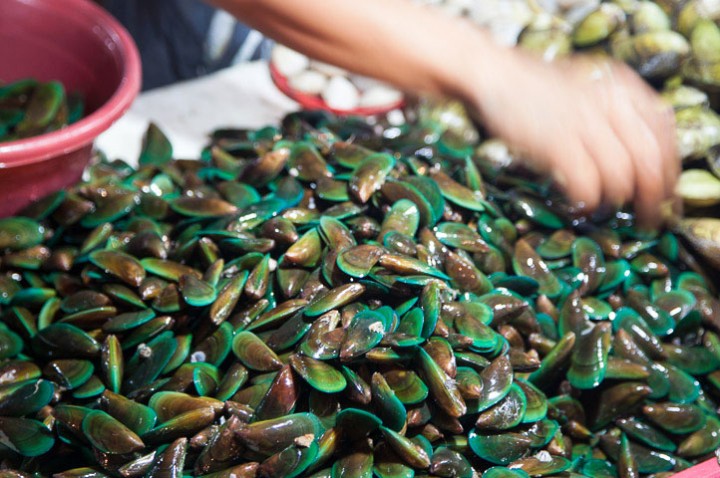There is a surprising quantity of different species of mussels, but only 17 of them are edible. Filipino mussels come from the group Perna viridis, but there is a species found mostly in the Philippines, which is called Mytilus smaragdinus or more commonly known as the green mussel of the Philippines. In Tagalog, tahong.
As reported by GMA News on 24 Oras, the green mussels or tahong that was taken from different areas in the Philippines have evidently returned as positive that it contains microplastic as tests reveal.
A study has revealed that two out of three samples have tested 100 percent positive for microplastics. On the other hand, the third one’s test apparently also showed positive but only for “suspected microplastics.”
The tahong samples that were caught in various locations in the country were tested using Fourier-transform infrared spectroscopy (FTIR), according to a study carried out by Dr. Jose Isagani Janairo of the De La Salle University together with the Department of Science and Technology (DOST).
“This is the first time we encounter analyzing samples with possible contamination of microplastic in the tahong or green mussels shells using FTIR,” Dr. Araceli Monsada, director of the DOST Advanced Materials Testing Laboratory, said.
Additionally, the test also identified and confirmed which kind of plastic was present in the green mussels. “Polyethylene or PET,” Janairo shares. “Karaniwang uri ng plastic ito sa mga bote, ‘yung mga sa mineral water, minsan ginagamit rin siya sa textiles, sa fabrics.”
“May mga pag-aaral na nagsasabi na may mga kemikal na kumakapit sa microplastic tapos kapag kinain natin iyong microplastics maaaring malipat din itong kemikal na ito sa katawan natin,” Janairo additionally mentions.
Greenpeace and other environmental organizations have focused on proposing a ban regarding single-use plastics. Single-use plastics have a tendency to break down into microplastics which will end up in the ocean.
Some microplastic fragments are so small, they are invisible to the naked eye. If more microplastics are present in the ocean, this will immensely have a negative effect on our health as we eat food from the ocean like tahong. According to reports, Filipino mussel production is at an estimate of 13,500 tons per year.
Here’s a video regarding the concerning issue:
What do you think about our plastic problem getting into the food we eat?





